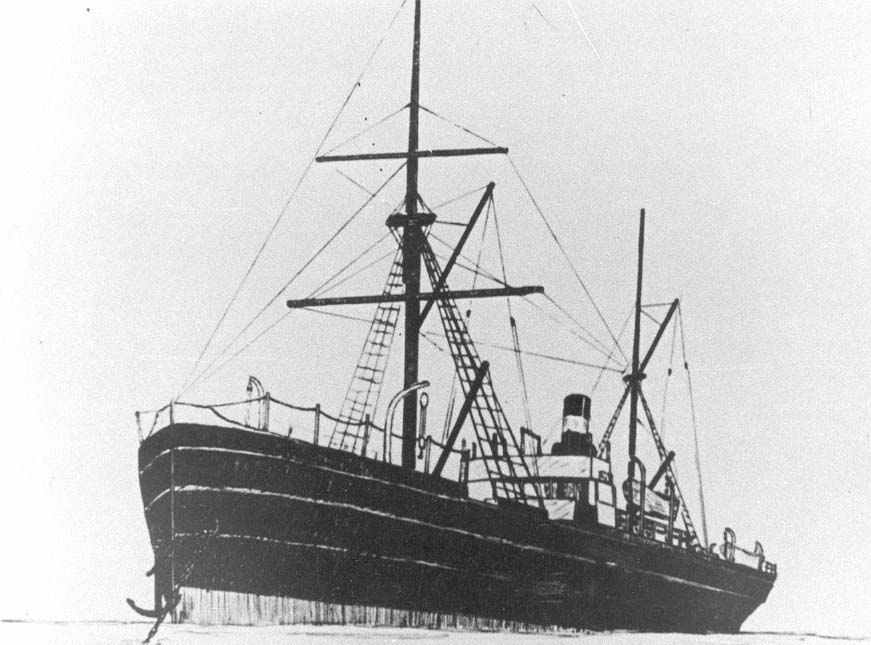
The Ulysses was listed as an “Iron Screw Steamer, Planked” of 1989 GRT built at R. & W. Hawthorn Leslie and Company, Limited, Hebburn-on-Tyne, England, UK, for the Ocean Steamship Company, London, UK. The ship was launched on 08 November 1870 and joined the Ocean Steamship fleet of other ships which all had Greek mythological names (Hector, Menelaus, and Sarpedon) in 1871. The Ulysses was 95.1 meters in length, 10.2 meters in beam, and 7.7 meters in draught. The ship was rigged for sail, but also had a single double-expansion 2-stroke steam 225 HP engine built by P. Stephenson & Cowhich, Newcastle, which proved to be so efficient that the ships of the Ocean Steamship fleet later became known as the “China Boats” because they were able to make the voyage from England to China without re-coaling enroute.
Upon clearing the Suez the ship continued its journey southward and on the evening of 15 August Captain Bremner checked the navigation charts one last time before retiring to his cabin. In the early morning hours on 16 August, the ship struck the northern side of Gubal Seghir and was hard aground.
Upon first inspection, Captain Bremner estimated the damage to the ship to be slight and, as the ship’s pumps were easily handling the amount of incoming water, he decided to wait for assistance from any passing vessels. Just before dawn, the British steamer Kerbala appeared and it was requested that she make for Suez in all haste and request assistance for the grounded ship. Meanwhile, until the requested assistance arrived, the crew was busy keeping the ship afloat assuming that once the ship’s cargo had been offloaded that the Ulysses could simply be pulled off the reef.
The Ulysses’ crew, with assistance from the Lighter’s crews, began the laborious task of offloading the ship’s cargo and carrying it over a third of a mile across the reef to where the Lighters lay at anchor. The amount of cargo was more than the two Lighters could carry so some was also put on the deck of the HMS Falcon.
By the time the ship’s cargo was offloaded the reef had done its damage to the ship. Soon afterwards the ship slipped slowly off the reef and quietly sank by the stern, settling on the reef below with only her bow and bowsprit remaining above the water. With that, the Lighters and the HMS Falcon with the cargo and crew of the Ulysses departed for Suez on 06 September 1887.
Arriving at Suez, Captain Bremner submitted his official report concerning the ship’s loss where she was listed as “Abandoned”. Soon after, heavy weather caused considerable damage to the ship and the Ulysses disappeared from the surface at position 27.41.12N/33.48.10E in 4-28 meters of water.
The Board of Trade enquiry valued the ship’s cargo at 60,000 British Pounds and determined that loss of the ship was a result of navigational error, although no fault was ever assigned. After the loss of the Ulysses, Captain Bremner never returned to sea…..
Diving Information
Miramar Single Ship Report for 5613107
http://www.tornadomarinefleet.com/northern-red-sea
http://en.wikipedia.org/wiki/Hawthorn_Leslie_and_Company
www.aquatours.com/wrecks/ulysses.htm
http://www.theshipslist.com/ships/lines/bluefunnel.html
http://www.scuba.co.uk/Travel/Red_Sea/Liveaboard/Wrecks/redsea_wrecks_ulysses.htm




